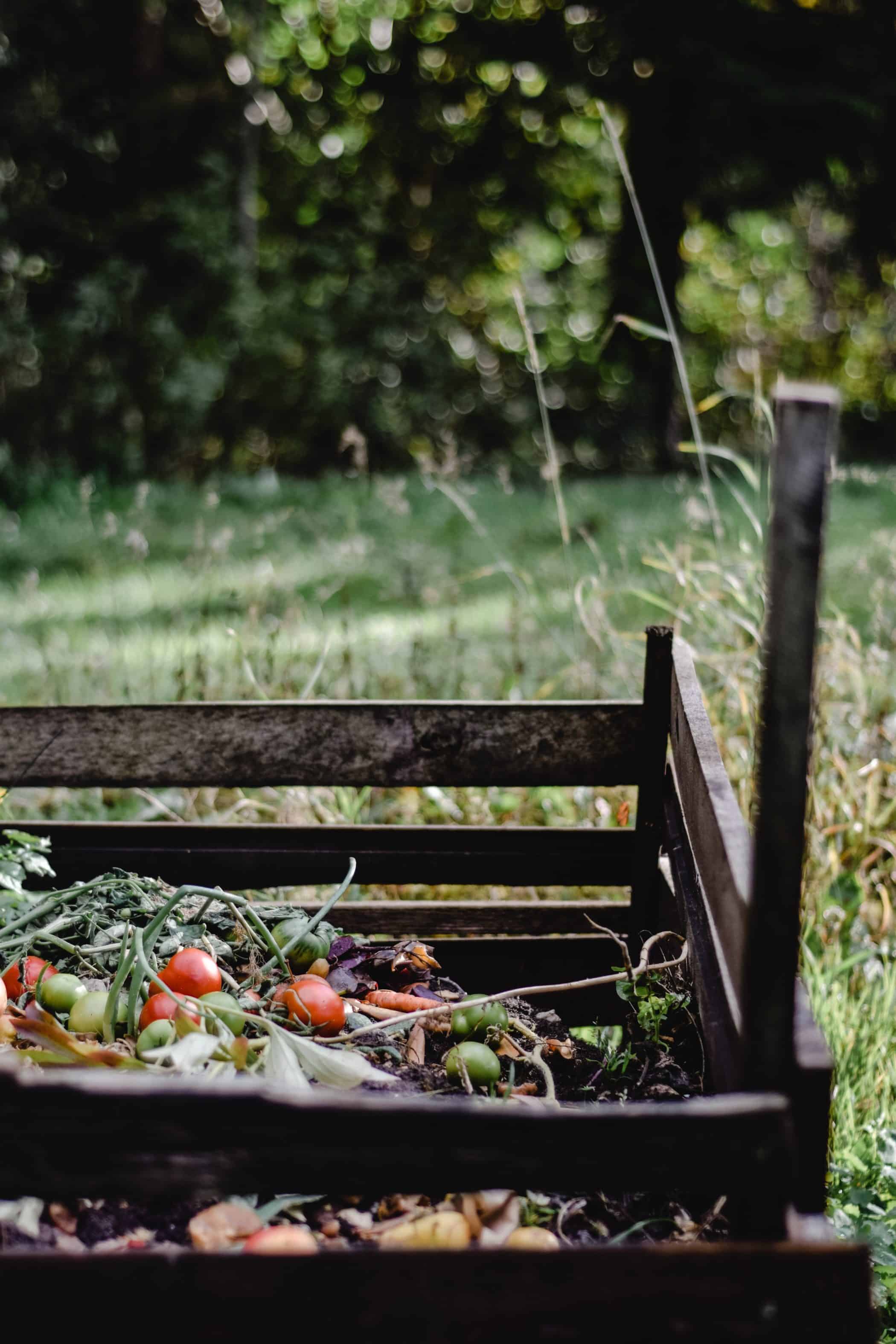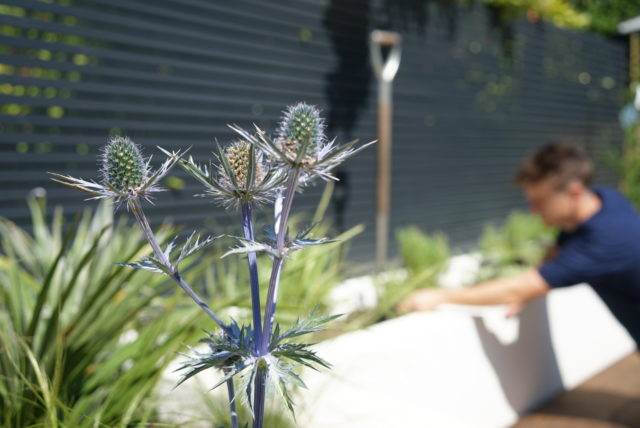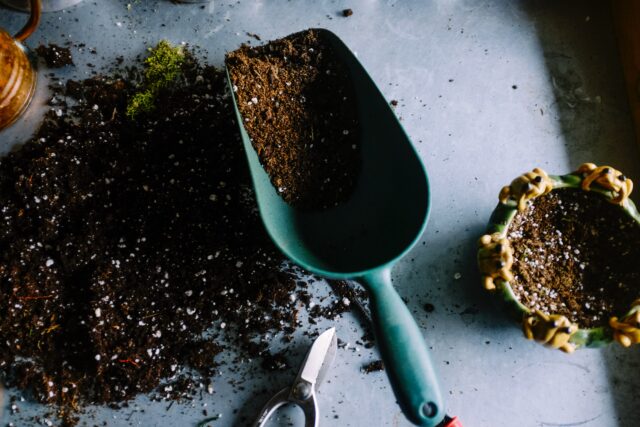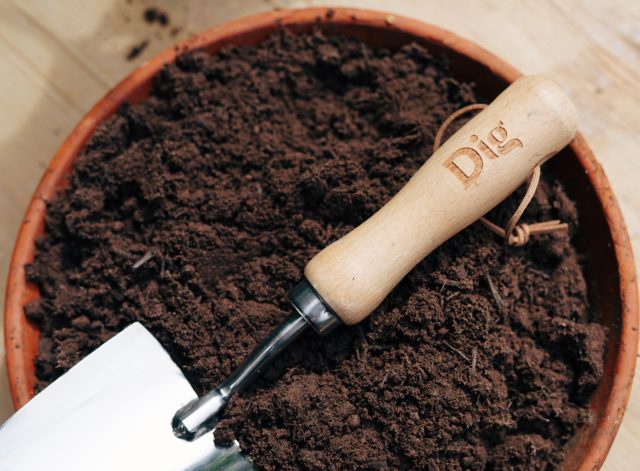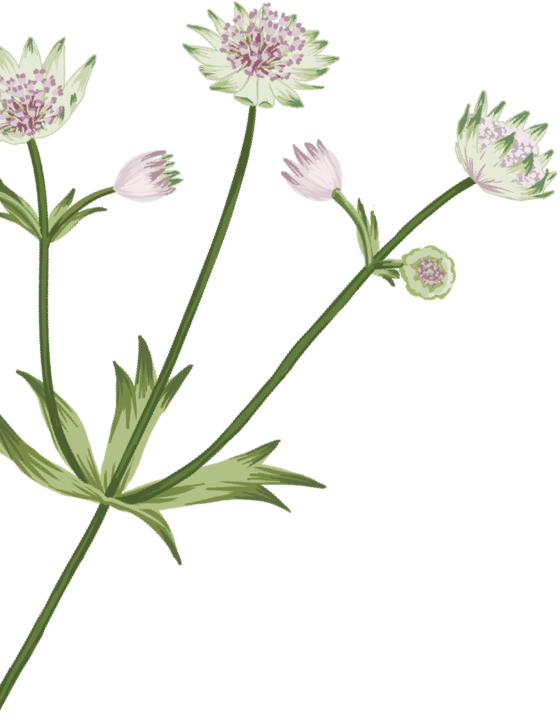There’s no denying it now. Spring is on the way. Crocuses, snowdrops, and even daffodils are showing their colours, and trees are, ever so slowly, beginning to bud. The crisp mornings now have a layer of sunshine that make the gardening jobs that bit easier – and there are plenty to be getting on with, as ever!
It’s also a good time to be thinking ahead to how you want your garden to look in summer and early autumn. The decisions you make now will reward you later in the year. Identify gaps, think about colour schemes, and get plants in the ground to allow enough time for sturdy roots to establish and give you stronger, healthier displays later in the year.
Below are a few hints and tips for garden maintenance for this time of year.
Winter pruning
Now is a good time to cut back summer flowering bushes and shrubs, particularly those that are fast-growing like buddleia (a favourite plant in our Adventure theme). It helps keep them in shape and prevents them becoming unmanageable. Give them a hard prune (i.e. get the secateurs and really go at it down to just-above a healthy new leaf bud) and it will help keep them in check.
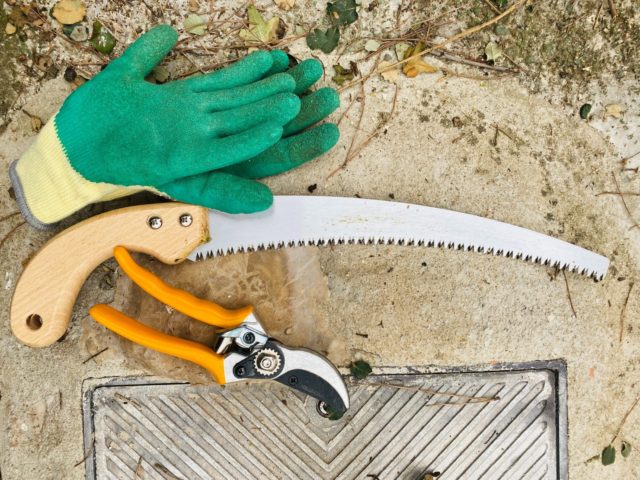
C. Susana Maro
Colourful additions on a budget
Your garden (even your Dig garden) will always thank you for a splash of bedding colour. Bedding colour can be easily gained through ‘annuals’ – plants that grow and die over the course of one year. If you have the time and enthusiasm, you can save money by purchasing bedding plugs (very young, small plants) instead of fully grown ones- these are, essentially, small plants that are sold as seedlings and are therefore far more cost effective. Plant them out into pots, making sure they’re looking green and healthy – rather than brown and shrivelled, keep them above freezing temperature and, in a few months, you’ll have a host of plants to add a colourful pop to any bed. Works fantastically with Geranium, Lobelia, Begonia and Petunia.
Feeding fruit
Fruit trees, somewhat counter-intuitively, need us to feed them at this time of year – if they’re to return the favour later on that is. Purchase some high-potash fertilizer (we like Tomorite – or any own-brand Tomato feed often sold now in supermarket gardening sections) and apply to the base of any fruit trees. They’ll likely thank you for it with a bumper crop.
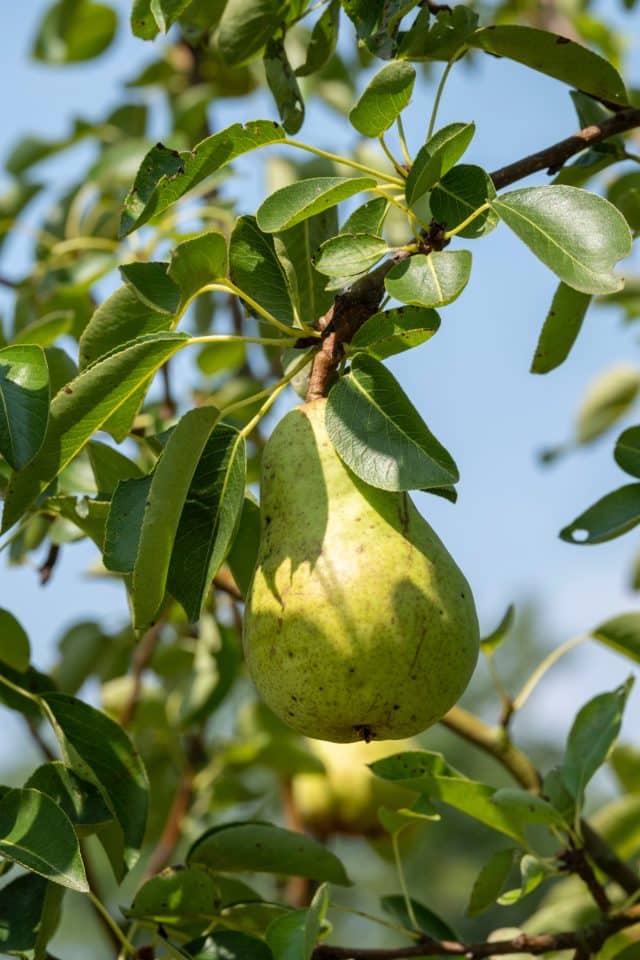
C. Marianne Rixhon
Thinking about a new garden bed?
Now is a good time to prepare the soil. We have an entire piece about how to prepare your garden for a Dig bed, but if you are planning any kind of planting – particularly for very hungry plants – then it can’t hurt to apply a layer of compost to areas that you intend to plant in. It will give the soil a boost, and hopefully suppress the worst of any weeds that attempt to poke through. Watch out for existing perennials though – makes sure you’re composting around anything that would otherwise need to fight its way through.
Alpines
Thinking about hitting the slopes this year but can’t tear yourself away from your garden? It might be time to buy some alpines. These beautiful plants (often found on flat, living roofs) are low-maintenance and add a miniature fascinating world to any garden. Plant up in a terracotta bowl, and mulch with grit/gravel for an attractive top layer that will also suppress any weeds.
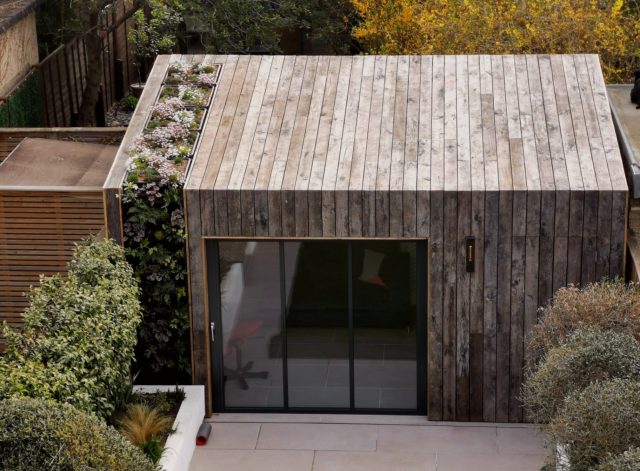
A living roof planted up with alpines by Dig in 2022
Start a compost heap or bin
There is no time like the present. If you have the space, a compost heap at the back of the garden is a perfect way to make the best use of vegetable peel, some cardboards, crushed eggshells, coffee grinds and much more (though avoid cooked food, meat and anything that won’t naturally biodegrade). If you don’t have much space, then a bin can be a neat solution. With both, after months of dedicatedly adding to it, you’ll have shovels of rich, homemade plant mulch and fertilizer to add to your beds. (We like this one, on a budget).
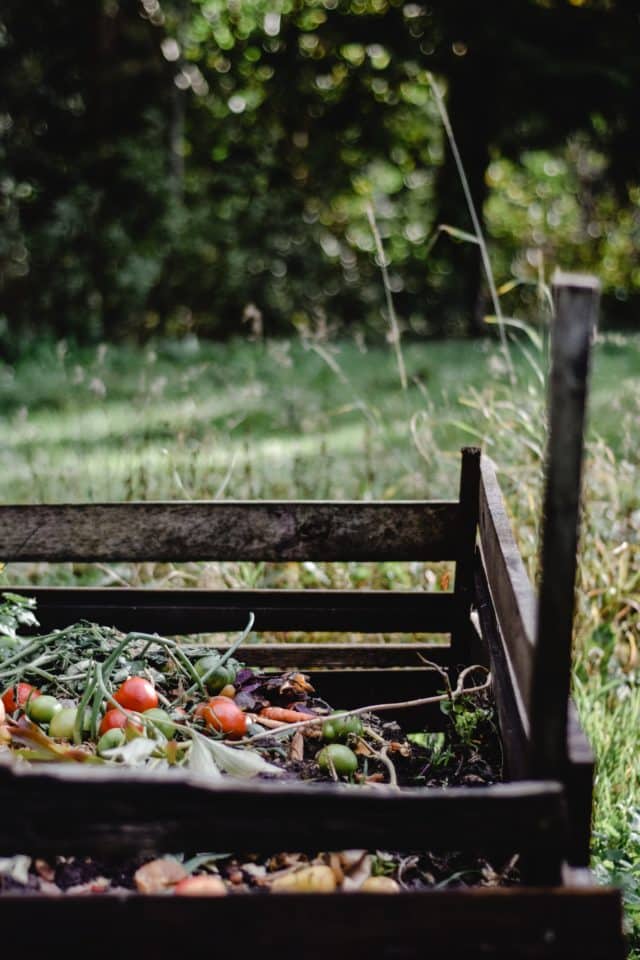
C. Eva Bronzini

